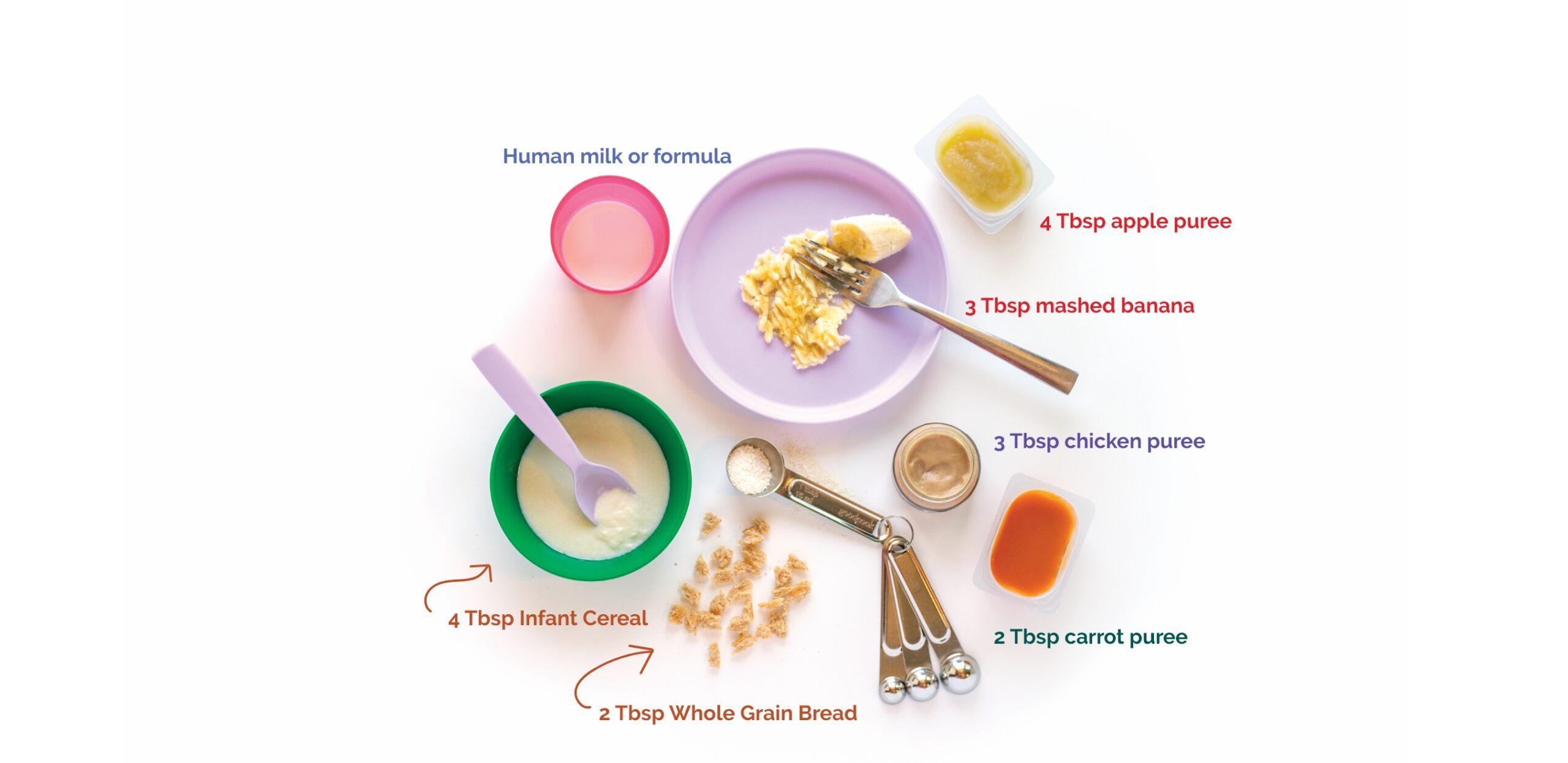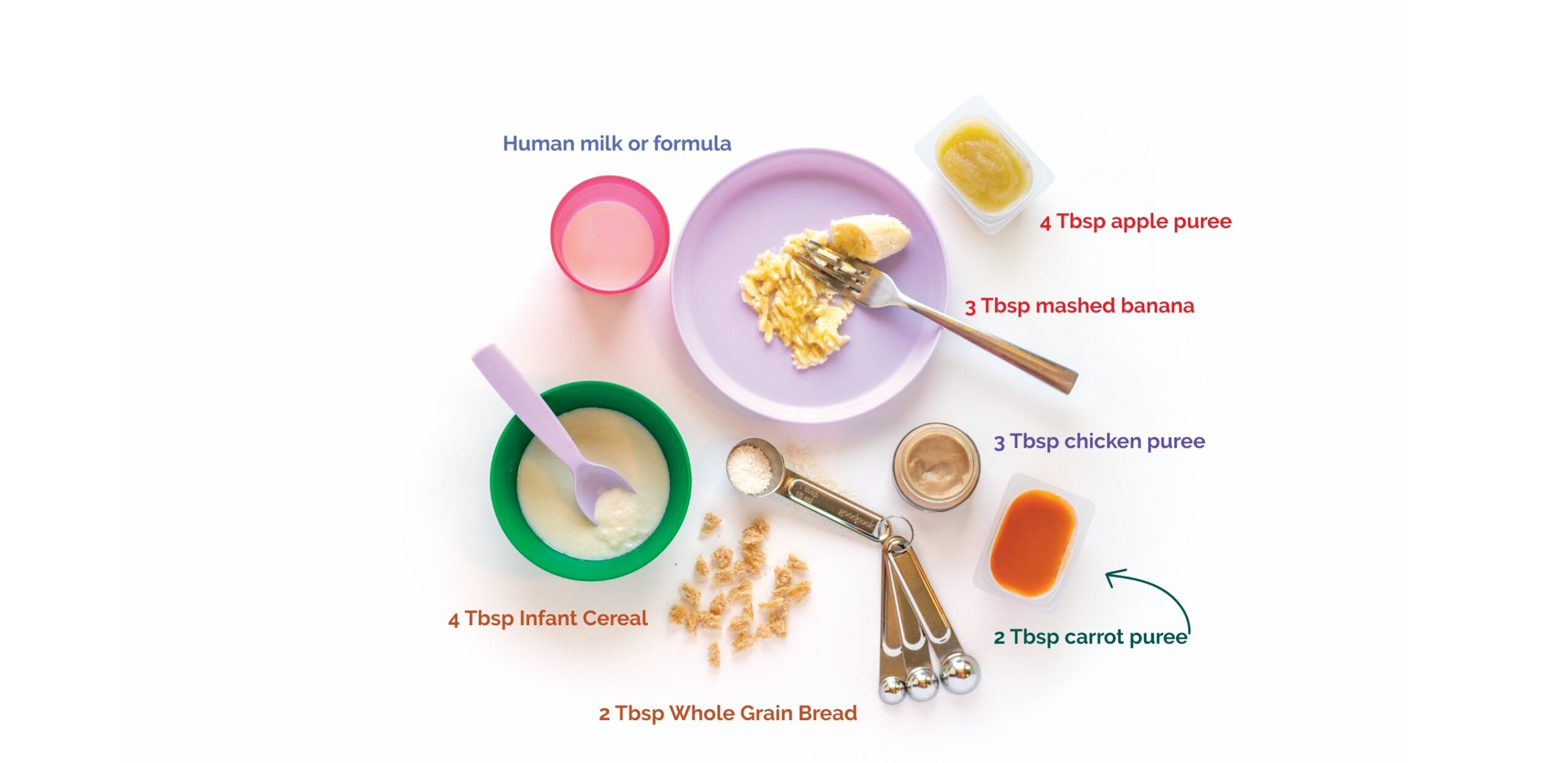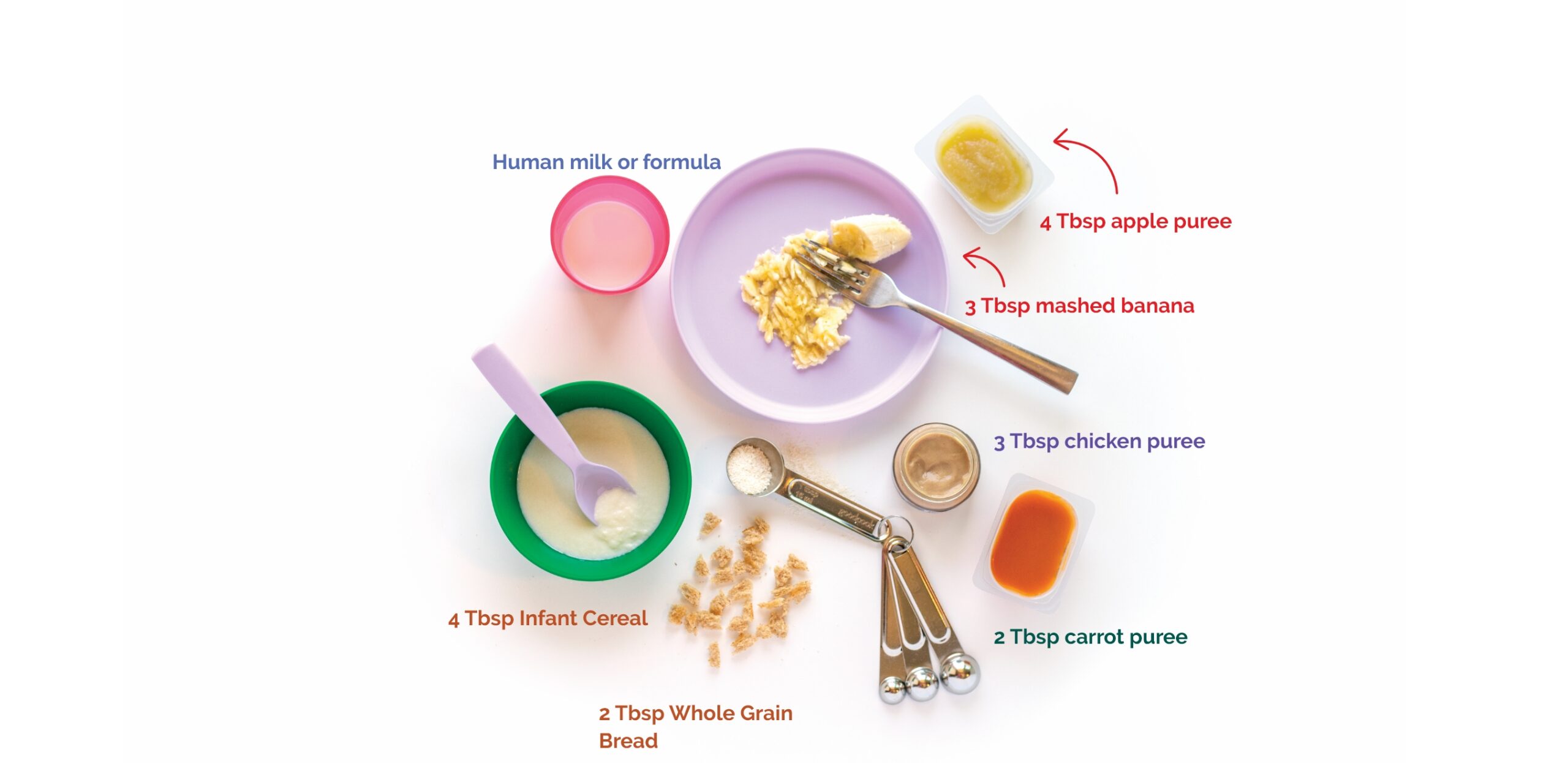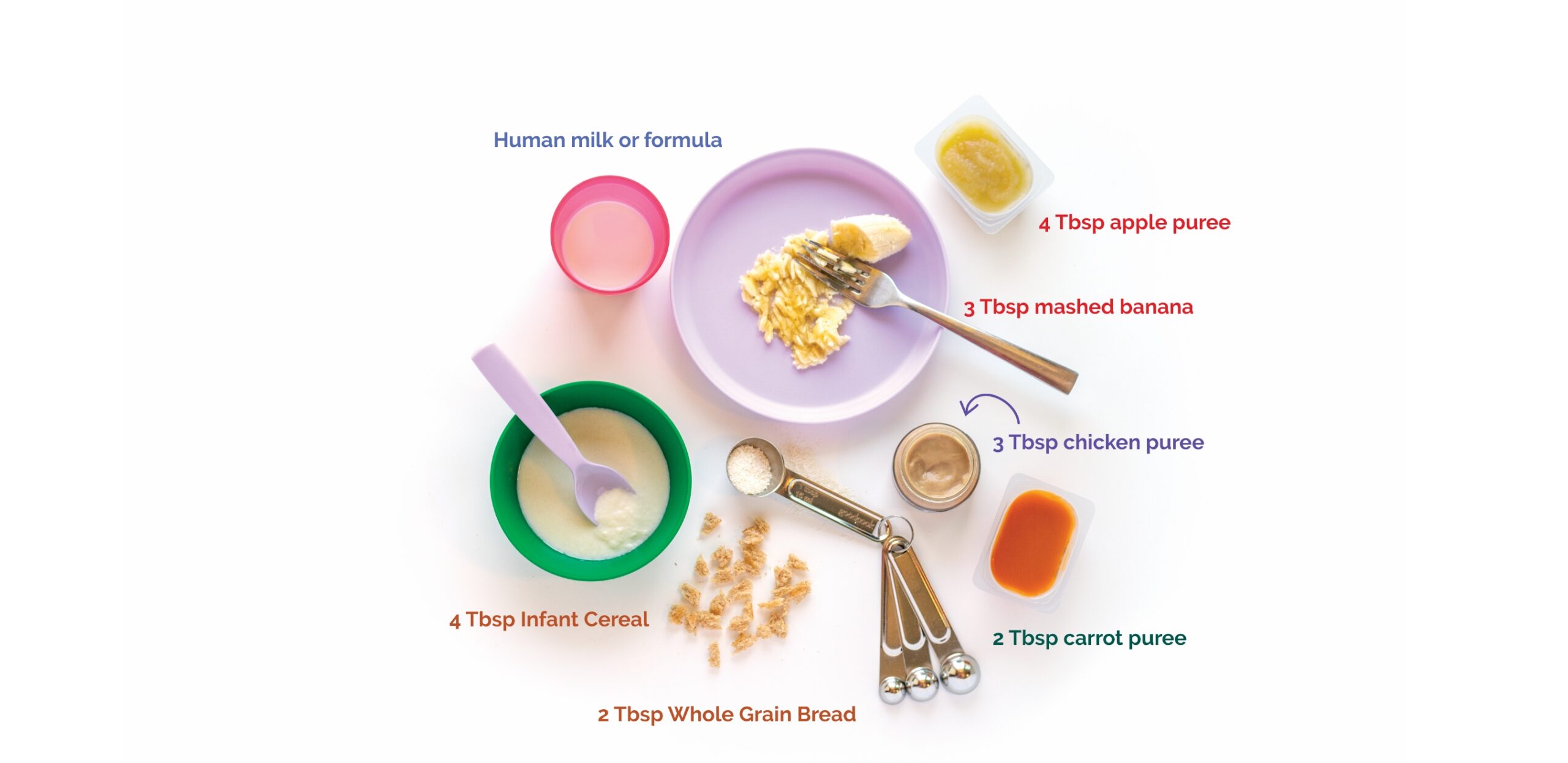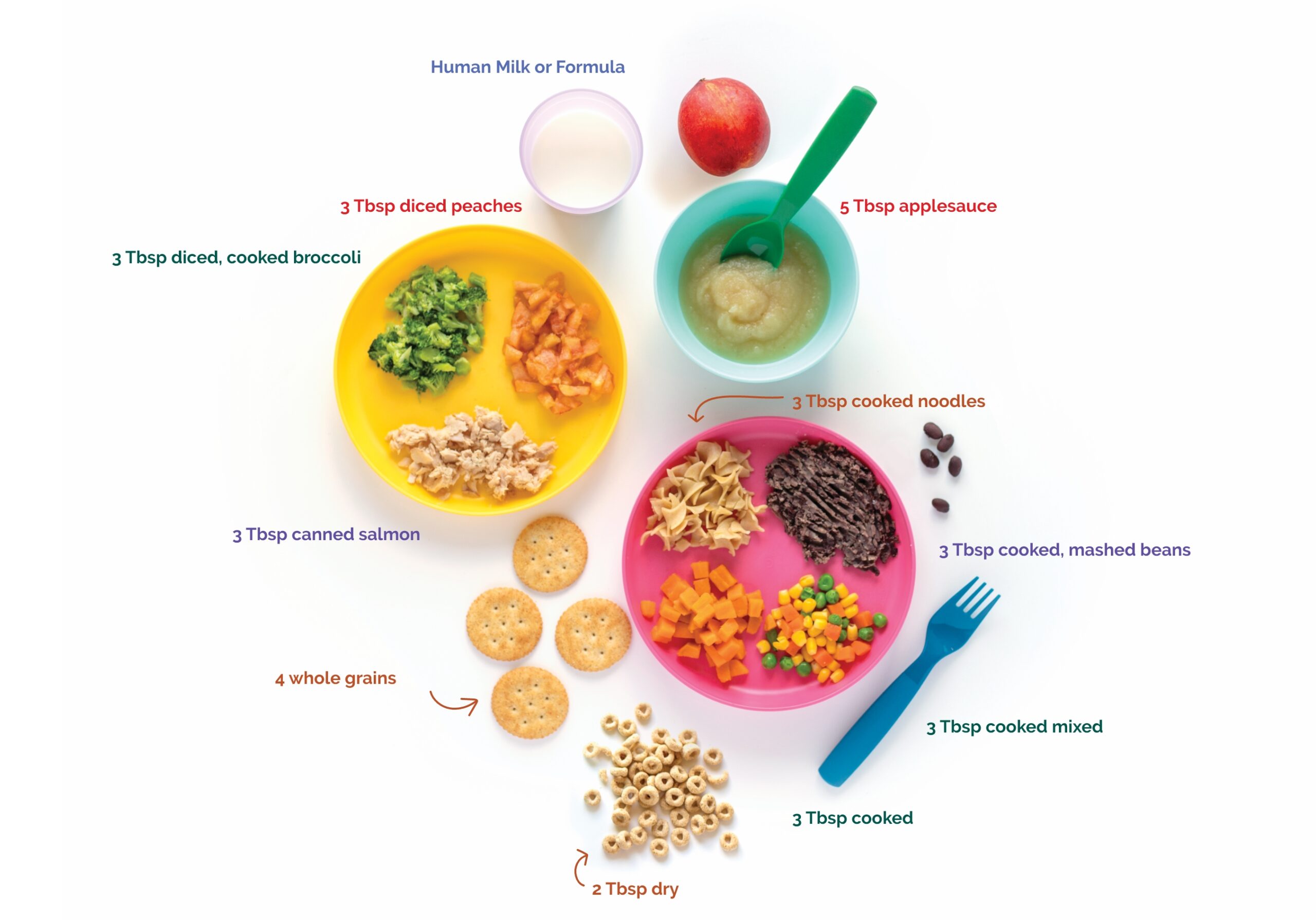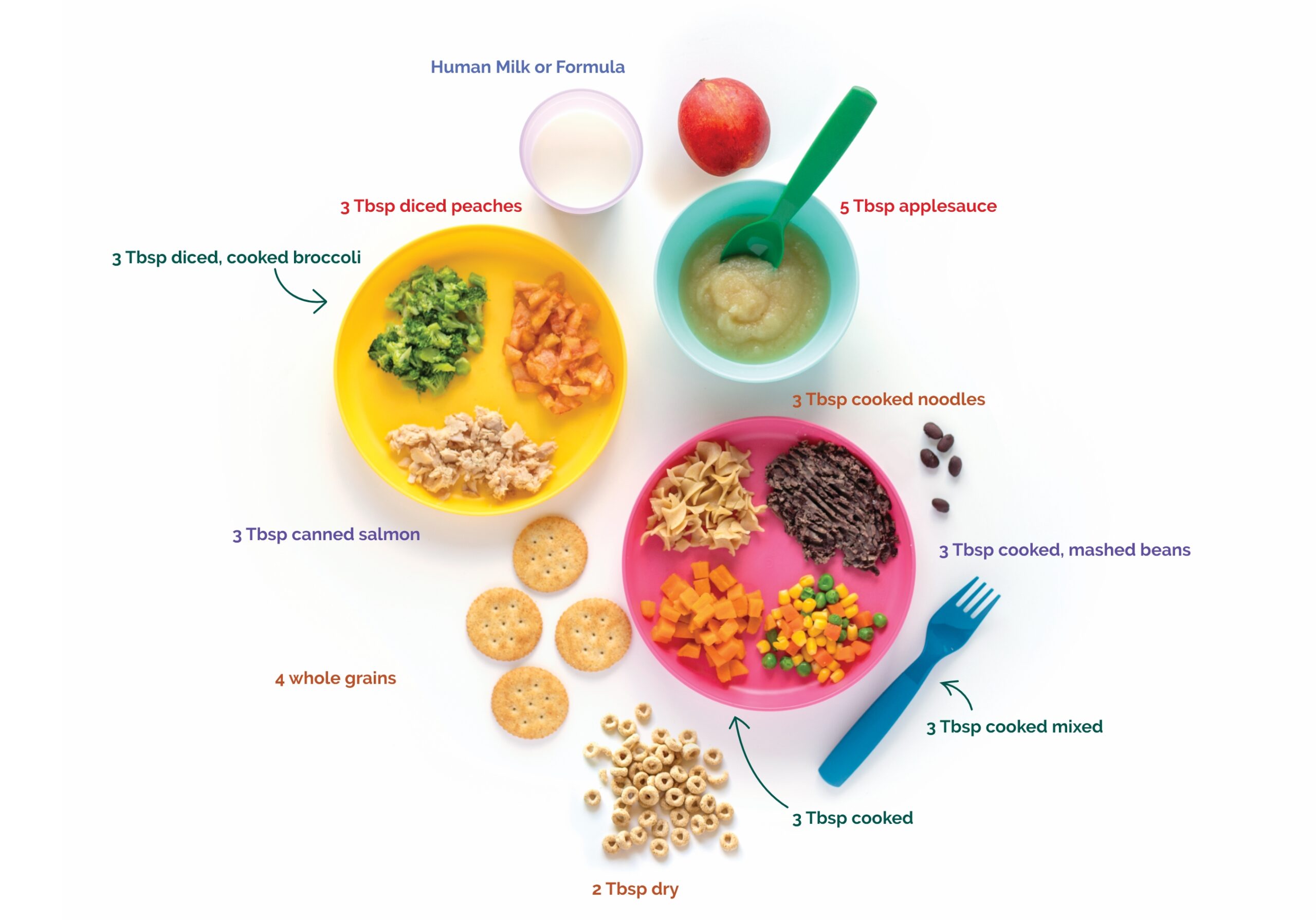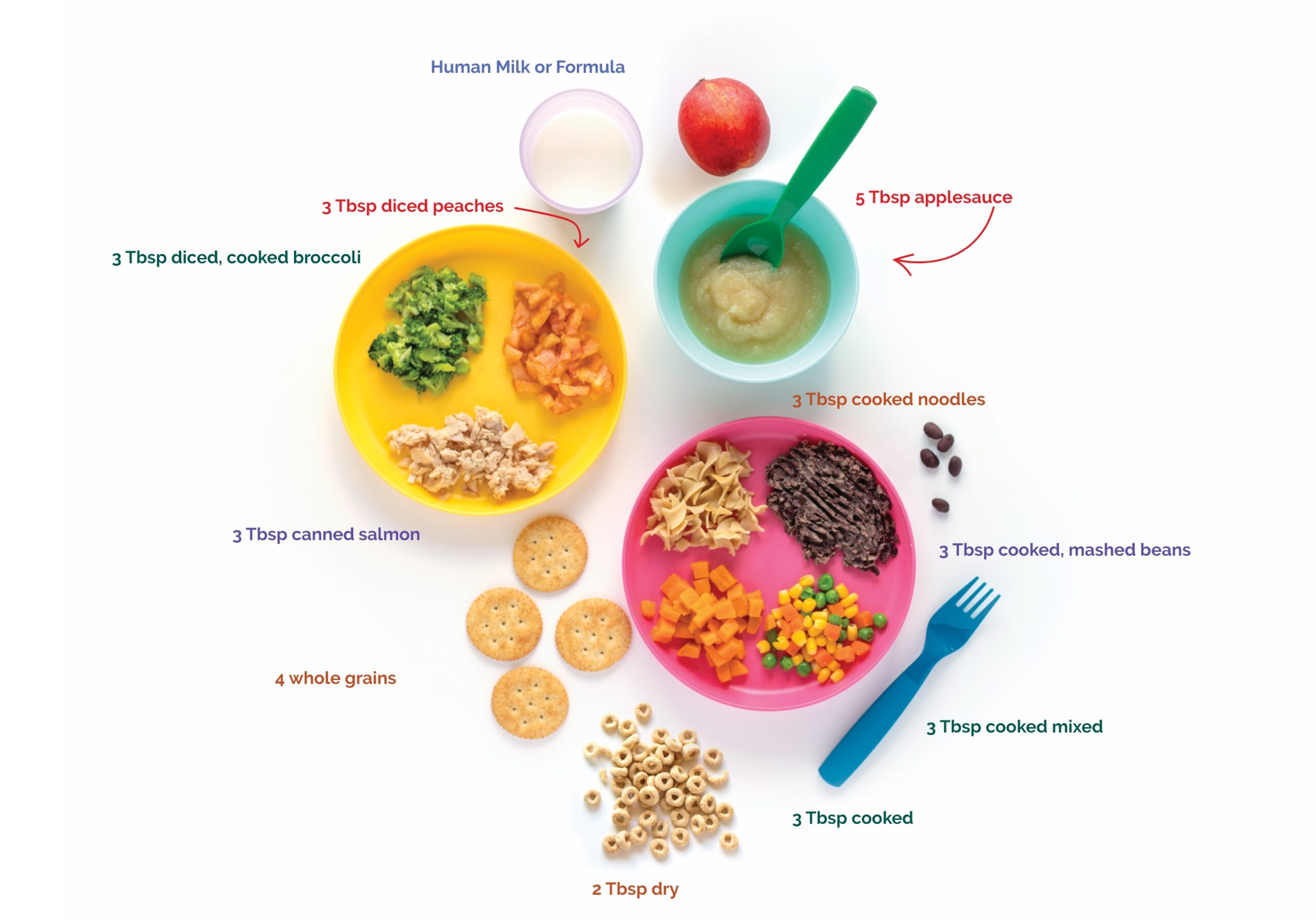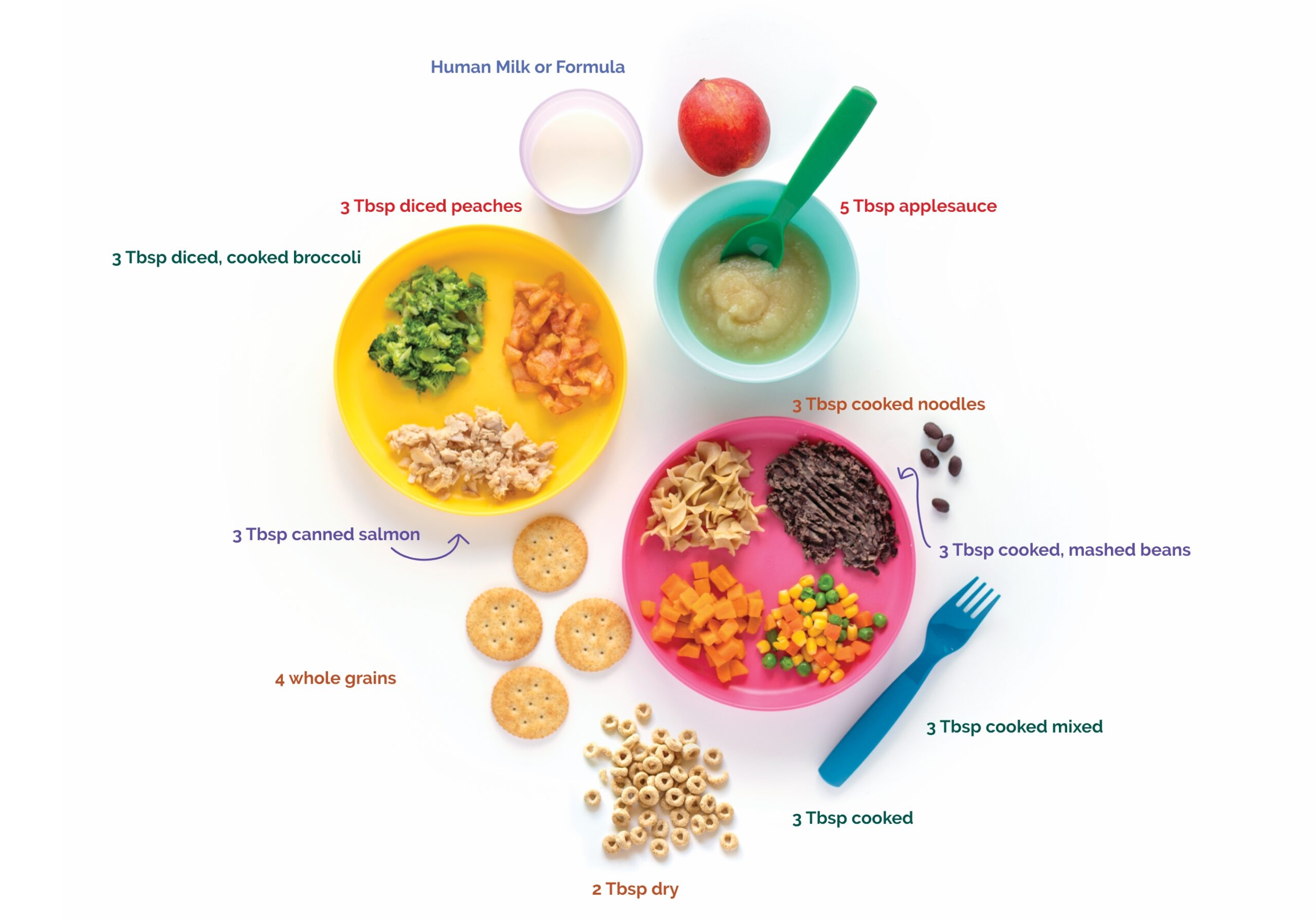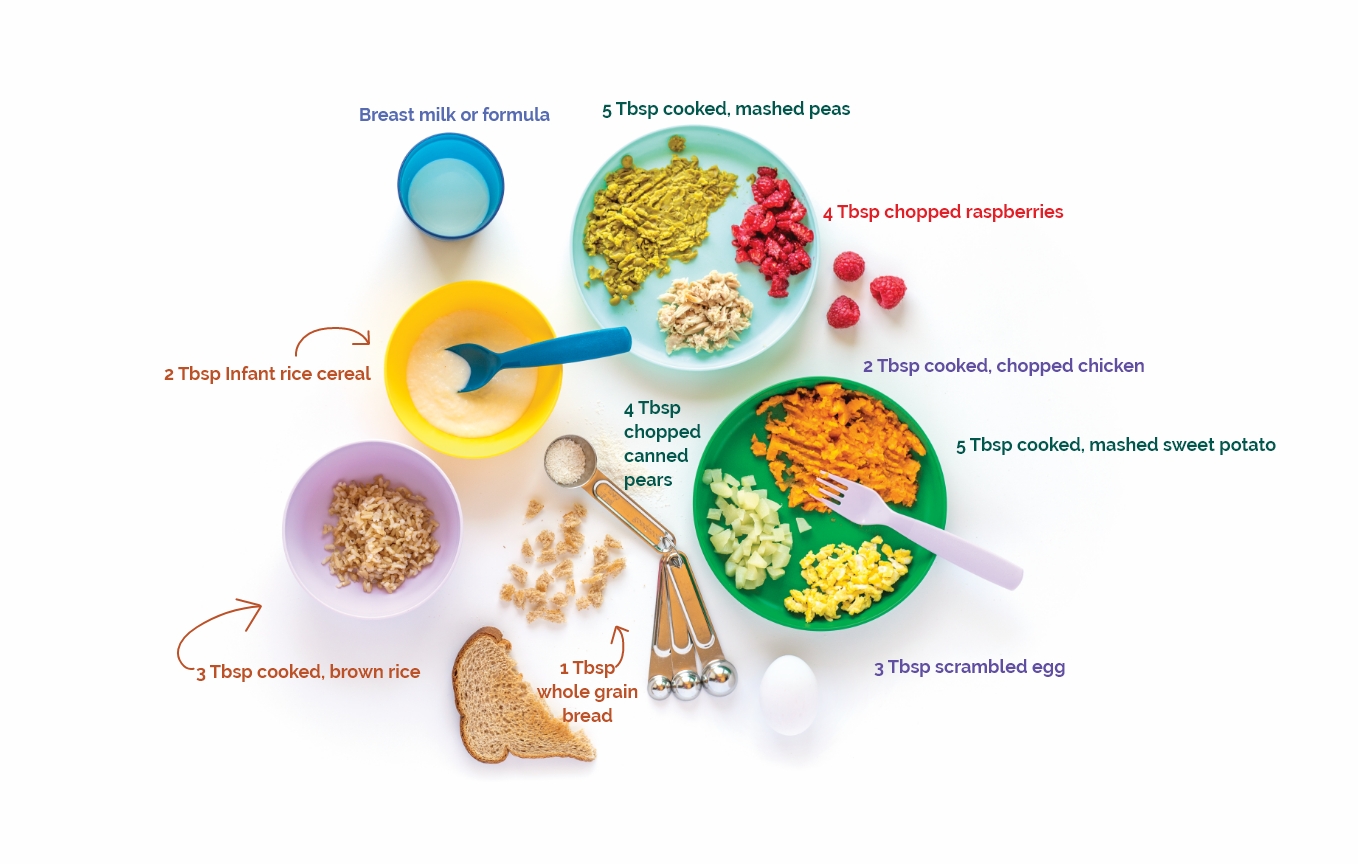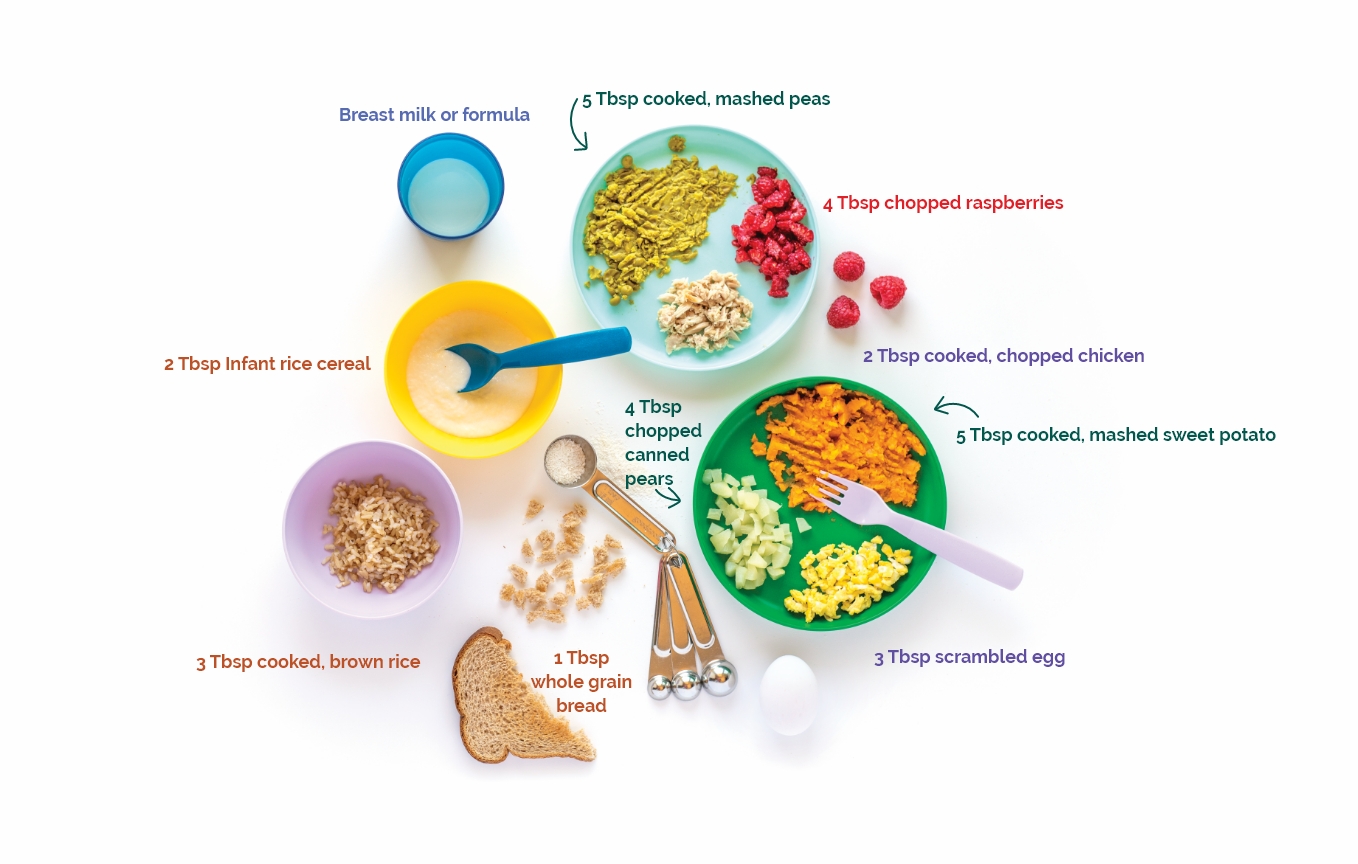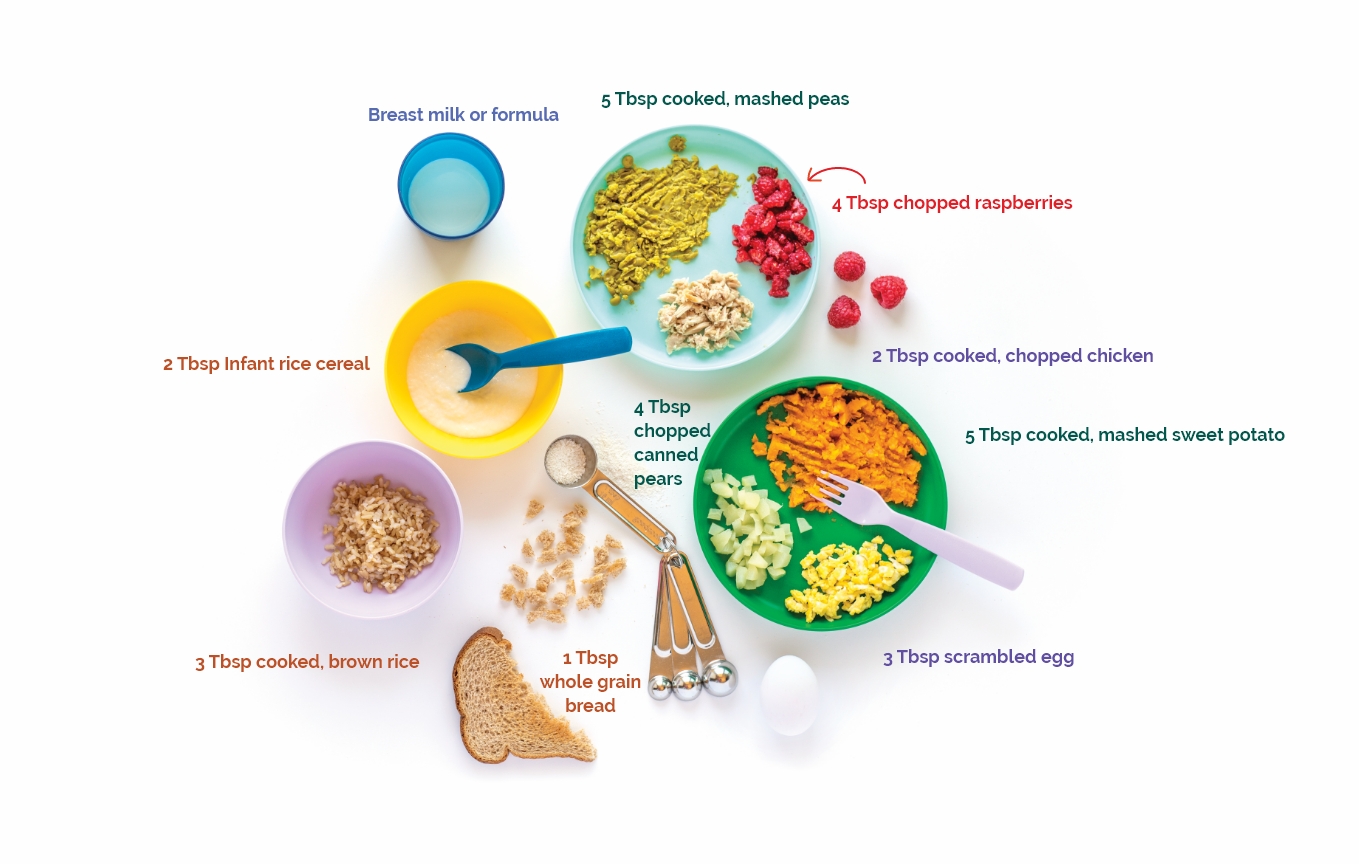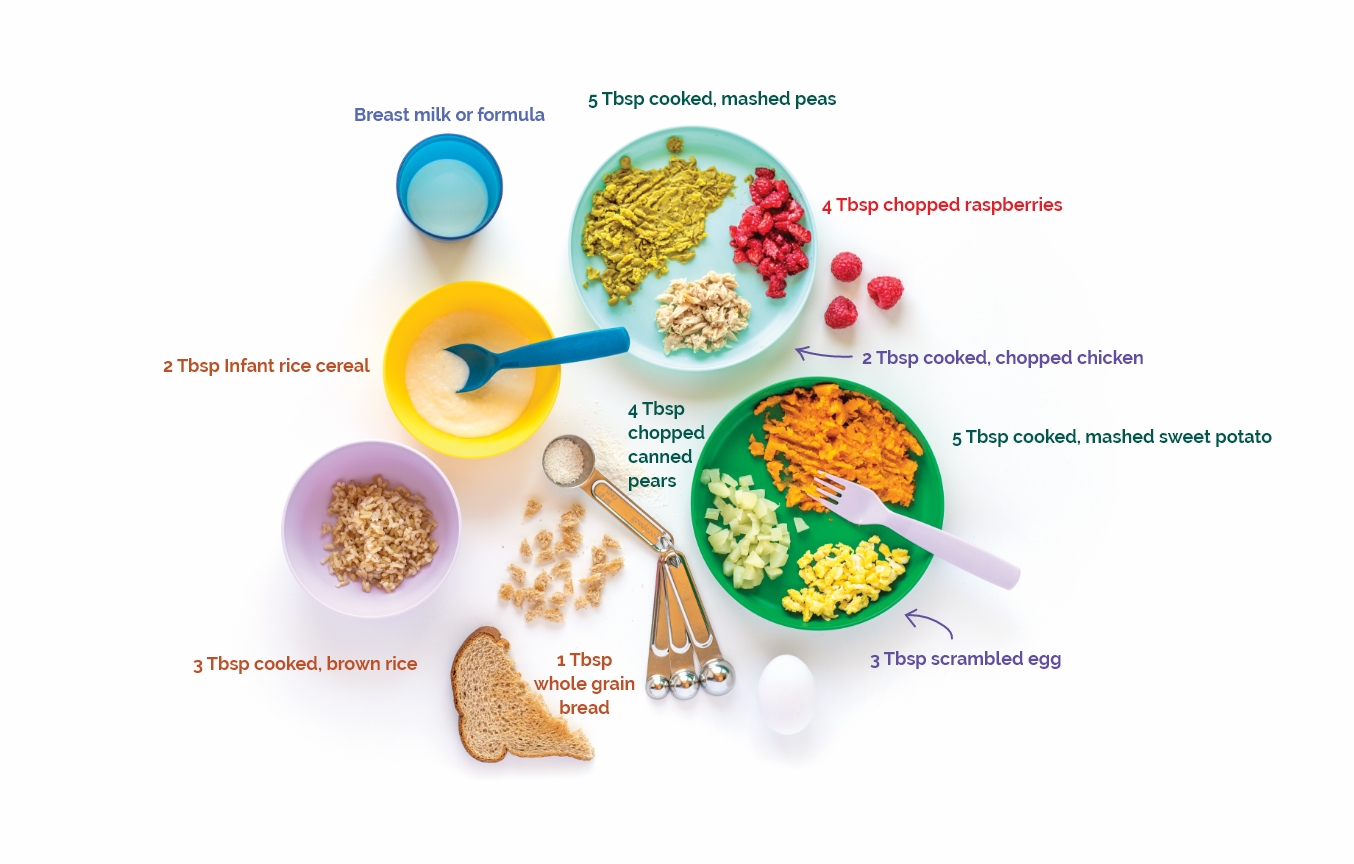
If possible, take as much time off as you can before returning to work or school.
At least six weeks of leave can help you recover from childbirth and settle into a routine. Twelve weeks is even better.
Going back to work or school can make you happy, sad, or both. This is normal. You may have lots of questions about how you will keep breastfeeding. Being prepared will help ease your mind.
- Learn as much as you can ahead of time
- Ask WIC for tips on how to continue breastfeeding after returning to work or school
- Talk with your employer or school advisor about your options
Tips for Talking With
Your Employer or School Advisor
Plan first – and come prepared with answers. Questions to ask yourself:
- What kind of support do I want and need from my employer/school?
- What questions will my employer/school ask me? (For example, they may want to know how long you’ll need for breaks)
- Write your thoughts down ahead of time and bring them with you
Schedule a time to talk.
- Ask your employer or school advisor if you can set aside time to talk privately. This ensures you’ll have their full attention when you chat.
Discuss different types of schedules such as:
- Coming back part-time
- Taking morning or evening classes
- Working split shifts
Explain your needs
- Time to express milk at regular intervals throughout the day. You will need to express milk during the times you would normally feed your baby. In the first few months of life, babies need to breastfeed 8 to 12 times in 24 hours. This means during a typical eight-hour work period you will need to pump about two or three times. Expressing milk can take about 10 to 15 minutes. Sometimes it may take longer. Many women use their regular breaks and lunch break to pump.
- A private space to pump that is not a bathroom
- Work with your boss or school advisor to find a private place to express your milk. You may be able to use an office with a door, conference room, or classroom. The area should be private and secure when in use and must have an electrical outlet if you are using an electric breast pump.
- Explain to your employer/school why it’s best not to express milk in a restroom.
- Restrooms are dirty, and don’t usually have electrical outlets.
- It can also be difficult to manage a pump in a toilet stall.
Keep in mind that returning to work or school gradually gives you more time to adjust.
Let them know you won’t take time beyond what you need. Whether your time spent expressing milk is paid or unpaid, you can offer to make it up. And when it comes to finding a place to pump, offer creative solutions, such as offices, areas that can be blocked off, storage closets or even your car with window coverings.
Workplace
Support
Preparing for
Childcare
- Stock up on your stored milk 1-2 weeks before you go back to work or school.
- Write your baby’s name and date the milk was expressed on each storage bag.
- Have your baby get used to someone else feeding them from a bottle before their first time at daycare.
Talk with your childcare provider. It is important to find a childcare provider that supports breastfeeding and will feed your baby stored breast milk while you are at work.
- Tell them if you want your baby to only have breast milk.
- Write down your baby’s feeding schedule.
- Ask them to write down how much your baby eats at each feeding.
- Have them keep track of the number of wet and poopy diapers.
- Ask them to contact you if they are running low on breast milk.
- Teach them how to store and thaw breast milk.

